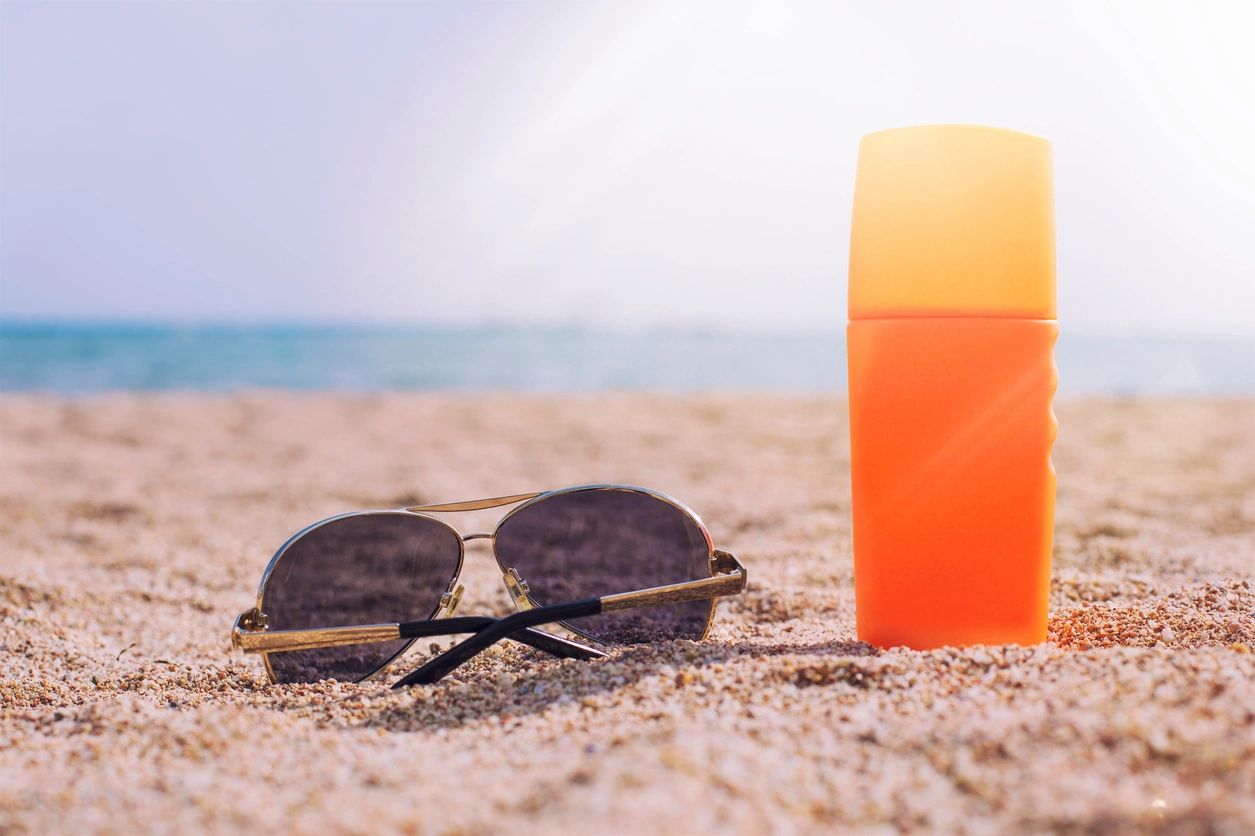The official start of summer in Minnesota is only a couple of weeks away, so it is probably safe to say that the sun is finally here to stay – for the next few months at least. With that said, we should all be thinking about and protecting our bodies’ largest organ – our skin. More time outside means more sunscreen for a lot of people. With hundreds of brands on the market, how can we determine which one is best?
The Environmental Working Group (EWG) is a non-profit, non-partisan organization dedicated to protecting human health and the environment. They recommend that sunscreen should be used as a last resort. Dressing properly and spending time outdoors in the early mornings or late evenings when the sun is not at its peak are more natural ways to avoid sunburn. Most sunscreens contain an abundance of chemicals. The effects of many of these chemicals on human health have not been studied well enough to deem them truly safe for use.
The EWG’s Guide to Sunscreen
Each year, the EWG publishes a sunscreen guide. The guide offers the general public information on specific sunscreen brands. The guide also provides the EWG’s picks for best and worst brands. Brands are chosen based on their ingredients, consideration of potential health hazards, and how well they actually work.
According to this year’s Guide to Sunscreens, one chemical that we should all avoid when purchasing sunscreen is oxybenzone. Oxybenzone is a common active ingredient that was found in over half of the sunscreens that the EWG studied this year. Oxybenzone is known to cause allergic skin reactions. It has also been linked to hormone disruptions such as altering sperm production in men. Additionally, it has been associated with endometriosis in women. Given these findings, when considering your sunscreen purchases you should avoid those that contain oxybenzone.
On top of the endless list of chemicals in most sunscreens, some individuals must be even more cautious because of their higher risk of getting sunburn. These include women on birth control, babies and toddlers and individuals with fair skin. These individuals should be especially careful with their sun exposure and would probably benefit the most from using natural holistic remedies for sunburn and sun protection, such as monitoring the amount of time spent in the sun and finding and using shade often.
The toxins and chemicals from sunscreen can be absorbed through the skin.
The Sunshine Vitamin
Despite the fear of the sun that has been instilled upon most of us, the sun is not all bad. It is the source of almost all of the earth’s energy and can provide humans with the vitamin D we require. Spending a short amount of time in the sun each day can give our bodies the vitamin D we need. This is why vitamin D is referred to as the sunshine vitamin. This is also one of the reasons why it feels so good to step outside after many hours indoors. The sun’s rays are a providing us with an essential vitamin.

Unfortunately when sunscreen is applied it prohibits the skin from absorbing the sun’s rays and producing vitamin D in the body. Vitamin D is vital to regulating and absorbing certain minerals such as calcium. Vitamin D deficiency can cause soft bones in children and bone loss in adults. On top of the physical detriments, vitamin D deficiency has also been linked to depression here.
According to a 2009 study, about three-quarters of teens and adults in the U.S. are vitamin D deficient. At the same time, the use of sunscreen has increased dramatically. Because there are many factors associated with getting vitamin D from the sun, it is often hard to measure.
What Can You Do?
Vitamin D deficiency symptoms range and many are vague. Common symptoms include: fatigue, aches, pains, and pain and weakness in the bones, depression, decreased immunity. Some people may not have symptoms at all.
If your skin isn’t getting daily exposure to the sun without sunscreen, vitamin D supplements can be taken. I recommend having your vitamin D tested through a simple blood test. As naturopathic doctors in MN, Balanced Care offers testing for vitamin D deficiency. If you do not fall in the optimal range we will use natural treatments to increase your vitamin D up to its appropriate level.
Did you miss a spot? Aloe to the rescue!! Apply aloe vera right away and continue applying for a few days. Skip the green goo and go for the organic stuff 😉
 We offer naturopathic medical services in Minnesota. Located in Edina and Woodbury. Dr. Katie specializes in addressing the root cause using natural medicines and nutrition. For a complimentary 15 minute consultation you can schedule online here.
We offer naturopathic medical services in Minnesota. Located in Edina and Woodbury. Dr. Katie specializes in addressing the root cause using natural medicines and nutrition. For a complimentary 15 minute consultation you can schedule online here.

